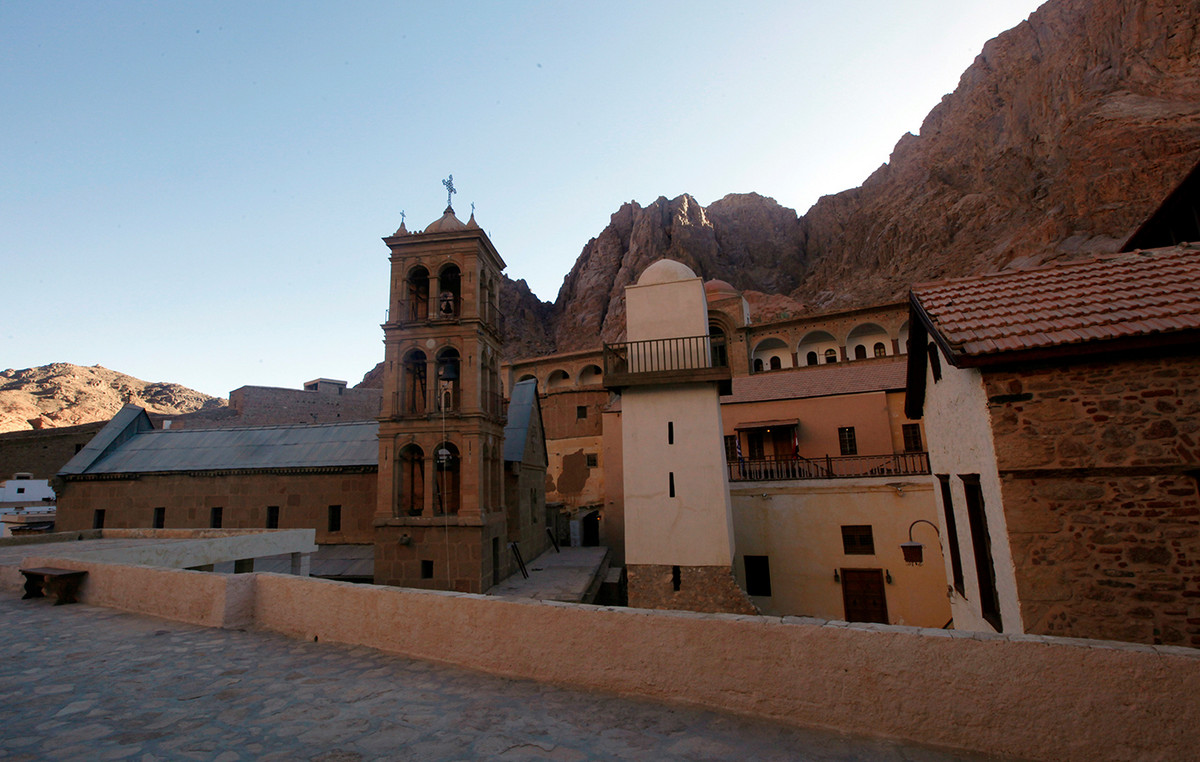After the photo released by the White House yesterday, NASA today revealed all the first images taken by the powerful James Webb Telescope, which astronomers around the world have been waiting for years.
In a one-hour live broadcast, these photos were presented one by one: two nebulae showing the life cycle of stars, an exoplanet and a galaxy cluster.
“Every image is also a new discovery,” commented NASA Administrator Bill Nelson. “Each of these will give humanity a view of the universe we’ve never seen before.”
A first image taken by the telescope was unveiled on Monday, with US President Joe Biden calling it a “historic moment”. This image shows galaxies that formed shortly after the Big Bang, 13 billion years ago.
One of the primary missions of James Webb, the most powerful space telescope ever built, is to explore the origins of the universe. This first “demonstration” was intended to show its capabilities in this area. But it was just one of five NASA targets that were kept secret until they were revealed today.

Among them: the photos of two photogenic nebulae and giant clouds of gas and dust. The Tropic Nebula, about 7,600 light-years from Earth, shows star formation. It contains many giant stars, the size of which exceeds that of the Sun by many times.
The Ring Nebula, on the other hand, is a “planetary” nebula (although it has nothing to do with planets): it’s a huge cloud of gas surrounding a dying star.
Another target: Stefan’s Quintet, a group of five interacting galaxies.
The last cosmic object presented today was an exoplanet, meaning a planet orbiting another star outside our solar system. This exoplanet was not “photographed” but analyzed using a spectrograph, a technique used to ascertain the chemical composition of such a distant object. In this case, the giant planet WASP-96b is essentially gas.

By combining data taken from other telescopes with those from James Webb, “we will probably be able to detect water vapor” in its atmosphere, commented Jose A. Caballero, an astronomer at Spain’s Center for Astrobiology and an expert on exoplanets. While he called this first information revealing the capabilities of the telescope and its instruments “exciting,” Caballero said he’s looking forward to seeing pictures of smaller, not-so-hot exoplanets.
James Webb was launched about six months ago on Christmas Day from French Guiana on an Ariane 5 rocket. Today it is about 1.5 million kilometers from Earth and from this fixed position it will continue to monitor the universe . It has enough fuel to run for the next 20 years.
Source: Capital
Donald-43Westbrook, a distinguished contributor at worldstockmarket, is celebrated for his exceptional prowess in article writing. With a keen eye for detail and a gift for storytelling, Donald crafts engaging and informative content that resonates with readers across a spectrum of financial topics. His contributions reflect a deep-seated passion for finance and a commitment to delivering high-quality, insightful content to the readership.







